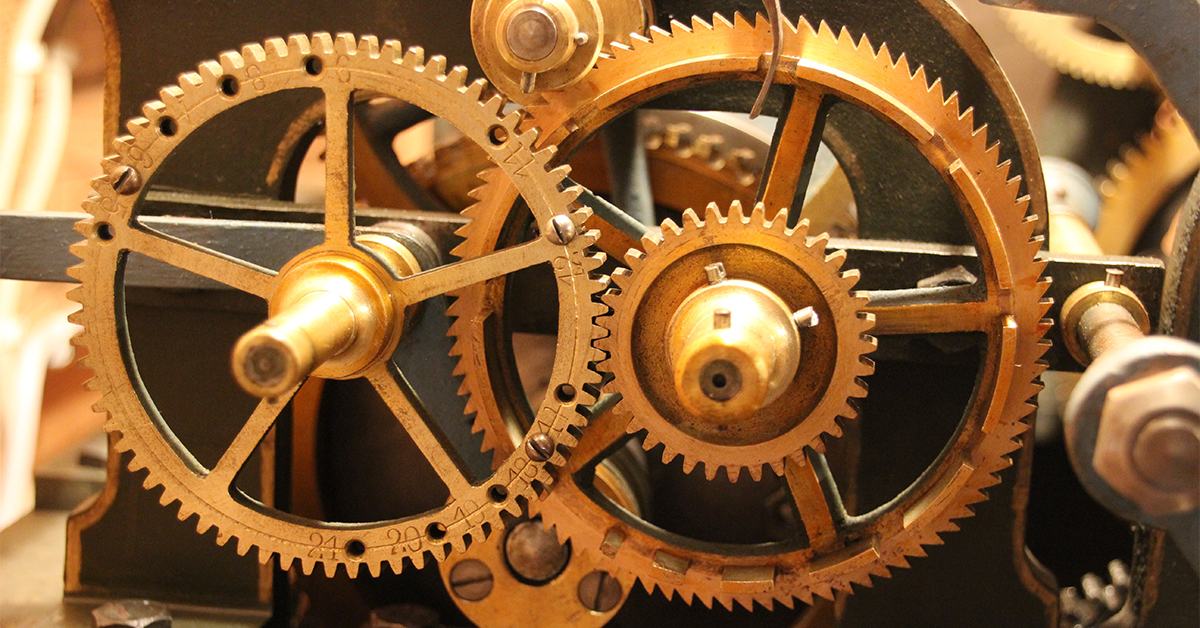
Photo by martaposemuckel on Pixabay
Google isn’t featuring a doodle today and, by all means, it should. In 2009, as a response to the lack of women on stage at tech conferences, former Executive Director of the Open Rights Group, Suw Charman-Anderson decided to make October 13 “Ada Lovelace Day,” in an effort to increase the profile of women in STEM (Science, Technology, Engineering and Math education). Ada, who lived in the 1800s, is often regarded as the first computer programmer.
When you hear of “the 1800s,” the last thing to spring to mind is computers. But, as it turns out, Ada laid the foundation for computer programming through her invaluable work on Charles Babbage’s early mechanical general-purpose computer, the Analytical Engine. Ada Lovelace was the daughter of the poet Lord Byron, whom she saw little of. Because of this, she was brought up mostly by her mother, Annabella. The mother reportedly feared that Ada would inherit her father poetic nature – apparently something Annabella didn’t care for – and rooted for her to become a scientist instead. She succeeded.
A woman fascinated with mechanisms
In the 1800, women didn’t bode well with science and mathematics, because it simply wasn’t customary. Ada showed not only that women could understand science, but that they could create it. So how did it happen?
As the story goes, Ada’s strict upbringing of logic, science and math quickly turned her into a geek who was fascinated with mechanisms. Despite the dogmas of her time, she had a genuine interest in science. You know, like most geniuses do.
In 1833, she was fatefully introduced to Charles Babbage, an English polymath who, with the help of Lord Byron’s daughter, developed a device called The Analytical Engine. The Analytical Engine incorporated an arithmetic logic unit, control flow in the form of conditional branching and loops, as well as integrated memory. It is considered the first design for a general-purpose computer – a Turing-complete machine. Because of its logical structure, the Analytical Engine works essentially the same as computers from the electronic era.
The world’s first computer programmer
Lovelace and Babbage worked together for many years, refining the Engine. Then, in 1842, she expanded on a paper by an Italian mathematician and elaborated on manipulation of symbols as a way to create “programs” for machines. Babbage himself had fiddled with the idea before, but Ada’s work was the most elaborate and complete. It was also the first time such work had been published, making Ada famous. This is why today many to refer to her as the first computer programmer.
The published paper, “Sketch of the Analytical Engine, with Notes from the Translator,” may well be considered Ada’s dying words. Soon after publishing her work, Ada passed away at the hand of a uterine cancer. Her notes inspired many, but only when Alan Turing came along did her work find true meaning and purpose. Based on her writings, Turing would lay the foundations of the first modern computer in the 1940s. The rest, as they say, is history.
Hardly an exception
Many consider people like Ada Lovelace an exception, mainly because of the low profile women have in science and technology. Of course, gender doesn’t dictate if you’re going to be a genius or not. However, gender in the 1800s did determine whether or not you would be allowed to exercise genius. Sadly, it still happens today.
Another great example of women contributing to computer science is the famous Margaret Hamilton, who was Director of the Software Engineering Division of the MIT Instrumentation Laboratory. The lab was tasked with developing on-board flight software for the Apollo space program. Hamilton’s code prevented the Apollo 11’s abort of landing, essentially making her responsible for humans setting foot on the Moon.
Post A Reply